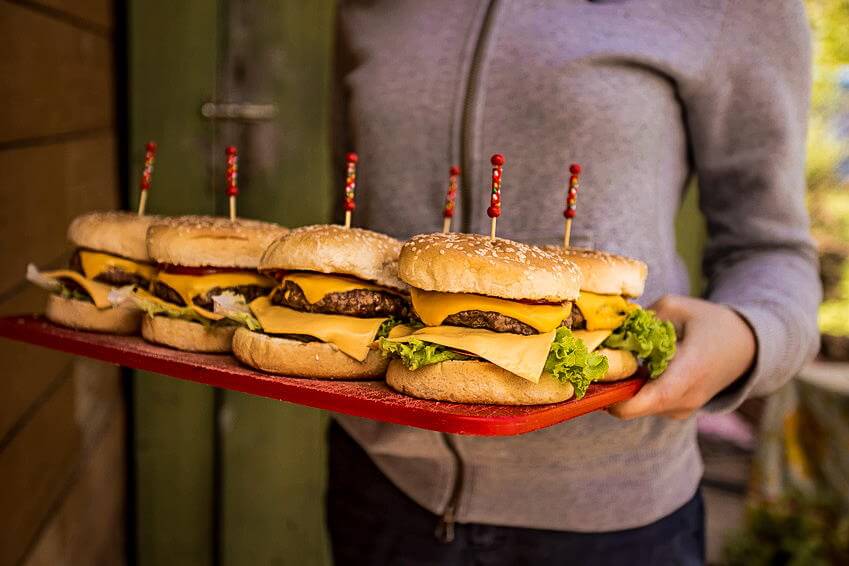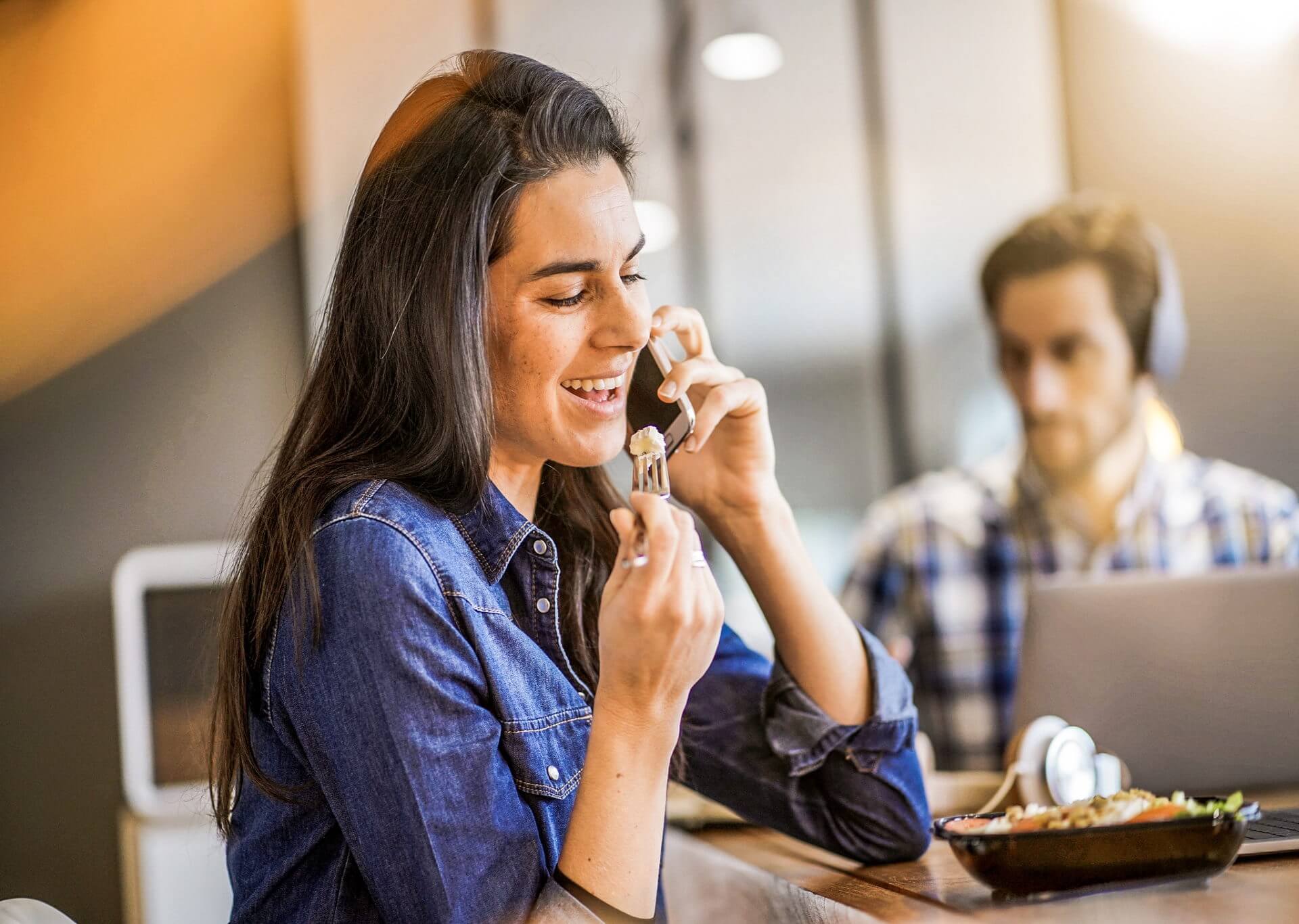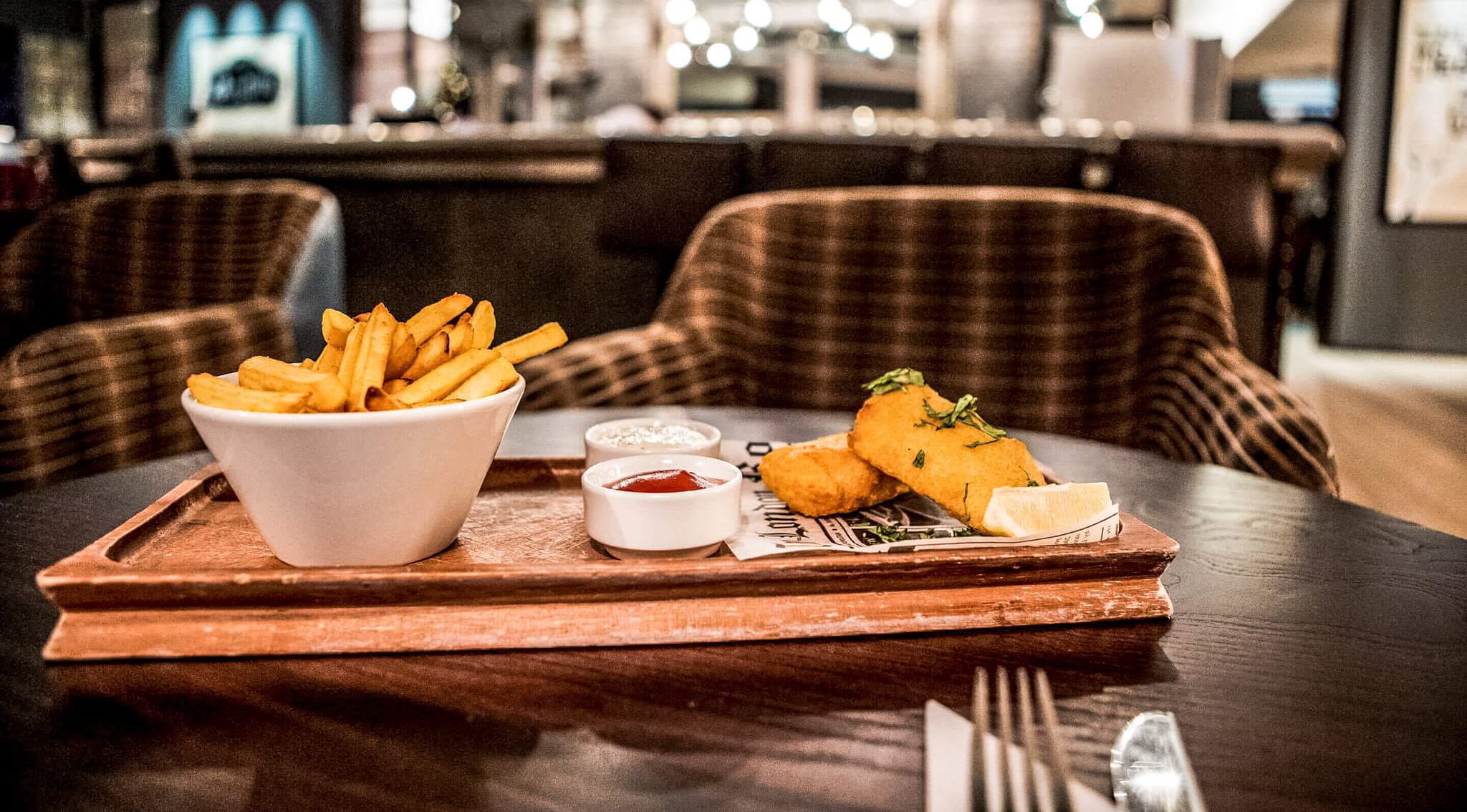There have been numerous developments in last few weeks, as lockdowns lift, economies open up and foodservice begins to find its feet in the new normal.
This has largely centered around the use of social distancing measures and an increased focus on a variety of hygiene factors. But it’s not just about the logistics of welcoming customers back into stores, there is the efficacy of the business model to consider as well.
In the third of a series of webinars from Rational exploring how the pandemic will shape foodservice – Unlocking new growth opportunities in food-to-go – Gavin Rothwell, founder of Food Future Insights, and Benjamin Nothaft, international key account manager for retail, Rational, lead key industry experts in discussing just that.
Proceeding with caution
With restaurants and cafes reopening for both dine-in and take-out options, many are recognizing the need to rethink their operating models to cater to both the heightened levels of safety required and evolving customer expectations.
“It’s still very much a measured approach, which applies to simplified menus, modified opening hours and gradual reopening, as businesses get a feel for what the current landscape is and try and understand what has changed in the last few months since they closed their doors,” said Rothwell.
“We’ve also had local lockdowns, which have a huge impact on the restaurants and retailers affected,” explained Nothaft, highlighting the difficulties for businesses that have worked so hard to open up responsibly only to be plunged back into restrictions.
“Another big discussion is on masks,” he added, “with differing opinions on the topic across Germany, while Austria and Switzerland are already working without them.”
Dev Dhillon, retail director at Sodexo, acknowledges that while businesses are keen to get on and do what they did before the pandemic, there’s not enough consumer confidence at this stage for sales to return to anything like they were, particularly in hospitality.
“Food-to-go operators are just beginning to recognize the scale of the challenge,” he says. “For some, this may require them to adapt their offering slightly, but their fundamentals are actually really strong, perhaps where they’ve got a particularly loyal customer base or their location allows them to start transitioning back to profitable levels.”
However, for some food-to-go operators, simply adapting their models is not going to be enough. “When I speak to brands in this position they’re often talking about having to behave like a start-up, literally accepting that the assumptions that underpin their business no longer apply and they have to start again,” said Dhillon.
“This is where you see a lot of operators now talking about new channels, routes to market, digital, click and collect, drive through and really challenging the baseline of their growth models and how they’ve projected their businesses for the next five years.”
Rothwell agreed: “It comes down to understanding who your customer is, thinking about how they’ve changed, and then ensuring that your businesses approach and business model is flexible to meet them when maybe their hopes, their fears have changed quite dramatically over the last few months.”

Image: Fotolia, ale_koziura
Remote working
Much of the global population is still working from home, with Nothaft predicting that 30% will continue to do so, even once offices open up again.
“Because we’re not in work, we’re not going to those places we used to go to buy our breakfast, lunch and coffees,” said Rothwell, commenting on the reinvention of urban centers and how they will evolve to meet this challenge.
Nothaft agrees that foodservice operators will have to find other solutions to attract customers: “Whole city centers will have to reinvent themselves – if it’s not workers who are using them anymore, then it’s probably tourists, so you have to be attractive to them as well.”
Breakfast and lunchtime peaks, for example, are unlikely to return to previous levels, but this presents other opportunities for operators willing to explore different missions.
“If you’re focused on breakfast and 30% of your customers are working from home, you have to reinvent and you could focus on lunch concepts or dinner options,” said Nothaft. “People who live in the city will continue to live in the city, but will also have changing behaviors. If you are a convenience store that can add hot food concepts for lunch and dinner, you can keep your local customers that want a one-stop shop.”
Data clearly shows the decline in footfall in urban city centers, explained Dhillon, and brands have also reported changes in trade figures.
“The pandemic has essentially accelerated our trajectory towards flexible working by about ten years,” he said. Food-to-go businesses that used to rely on the cyclical movement of workers will have to adjust, as that mode of human movement is unlikely to ever return to previous levels, he added, suggesting that the use of cities as dedicated areas for the workplace is now off the table.
“We have to look at cities as multifunctional places of social utility,” he said, repurposing them to accommodate communities and housing. “One of the other 21st century pandemics is loneliness and people together in cities being able to connect is, I suspect, going to be a really big part of the future.”
And this repurposing of cities and real estate is a challenge being faced by cities in countries all over the world. “A landlord I was working with in Bangkok said they’re in a race to be last, because as this repurposing of the city centers comes through, no one’s 100% sure of where it’s going to land,” explained Adam O’Connor, International Director of Key Accounts at Rational. “They know they are going to have to change, they’re just not exactly sure what that should look like.”
Customer journeys
In an effort to meet the needs of a workforce no longer confined to one office space, businesses are coming up with new ways of working that are as flexible as their customers.
“In Singapore and China, people are moving into subscription models, where you buys a week’s worth of breakfast, with two or three different providers you could get that breakfast from, but at a fixed price,” said O’Connor. “I thought was very interesting to see – because people are used to budgeting through the week at work, trying to translate that into a different environment where they were flexing their location.”
Revisiting this customer journey and staying current is of utmost importance, said Dhillon. “If our customers aren’t actually onsite for a portion of the time, then we do have to think about new food models, potentially even going down the route of ghost kitchens and dark kitchens, and supporting people regionally through an area, rather than in their specific place of work,” he said.
“It also changes the way that food is used when people are on site. If we recognize that a place of work is now not your everyday place to go, and is used to create serendipity, to bring people together and build moral and relationships, then food is a really important part of that. So food may no longer be as transactional in the workplace, instead food might be where you get together and celebrate successes.”
Different concepts that may support this kind of team and relationship building, especially in corporate environments, might include street food stalls. Before the pandemic, more progressive employers were working hard on creating a particular type of environment and courting more innovative food providers in this way, to get something different as part of the appeal of working there, said Rothwell.
“It will be interesting to see how this becomes even more important when workers are making a daily choice whether to go into the office or not,” he said.

Image: adobestock.com, goodluz
Ordering in advance
Where restaurants have reopened to diners, many are employing booking systems rather than taking walk-ins. This gives them the opportunity to rota on the right number of staff, to order in the right amount of food, and ensure proper social distancing. Some foodservice providers are also using this technique with food-to-go. The customer orders and pays online or via an app, so they can simply pick up in store and reduce contact time.
“Because of social distancing, this idea of being able to pre-reserve either your place or your lunch is becoming more normal,” said O’Connor. Food-to-go providers that are not in a corporate or metropolitan environment will still need to adopt this kind of technology, because people won’t want to change how they behave even if they change their location, he said. “So, how do I click and collect from an environment not used to having a click and collect service? Because once the tech is adopted, it’s very hard to get a consumer to change their process for different occasions or locations.”
Implementing new technology may require certain upfront costs, but it also provides countless benefits.
“I’ve always thought of technology in very simple terms; the consumer benefit being convenience and the operator benefit being efficiency. And now you’ve got the third element which is safety,” said Dhillon. “It aids social distancing and touchless interactions, so there’s an added consumer benefit.”
For companies operating in city centers and commuter hotspots, it may be worth considering whether it’s still beneficial to be near or in transport hubs such as train stations, and what the top locations will be. If your regular customers aren’t so regular any more, how can you adapt?
“I’d be looking at footfall in slightly different terms,” said Dhillon. “If you’re no longer dealing with a massive peak of people at 8am, what else could you be doing?”
“If your level of footfall throughout the day is a little bit more balanced, you can probably provide some more interesting products,” he added. “The opportunities have changed and business will need to go back to those good sound marketing fundamentals around understanding that customer, and recognize you might need to be better at a number of things rather than being famous for one or two.”
Drive thru has been a key part of growth for coffee shops, particularly in North America, resulting in discussions around whether it could be suitable for other businesses, such as markets and convenience stores.
“People now will get in a car at lunch time, while they’re working from home, and actively look for things. They still might be time poor though, so drive thru could support that,” said Dhillon. “I can imagine a scenario where a street food market has a collection point, which is essentially drive thru. You order from an app, you have a slot and you pick it up from a window. Time-poor customers, in their vehicles, picking things up from a collection point seems very relevant to the next five to ten years.”
With this style of pick-up or delivery, it’s important to have the right food offering for the right mission. Many operators are now offering delivery-specific menus, to ensure meals turn up looking and tasting great.
As the situation evolves, one of the big questions for operators is how long the uncertainty will last, because it’s really difficult to plan your business with that level of uncertainty, added O’Connor.
To be successful in an ever changing environment is tricky, so businesses will need to stay flexible and not being afraid to rework their model as the customer shifts.
More about food-to-go:
A suite of insight sessions from FFI and RATIONAL

















Pingback: First and best meal of the day | KTCHNrebel